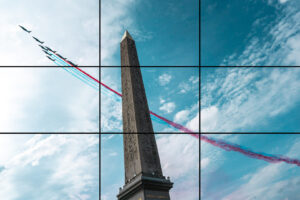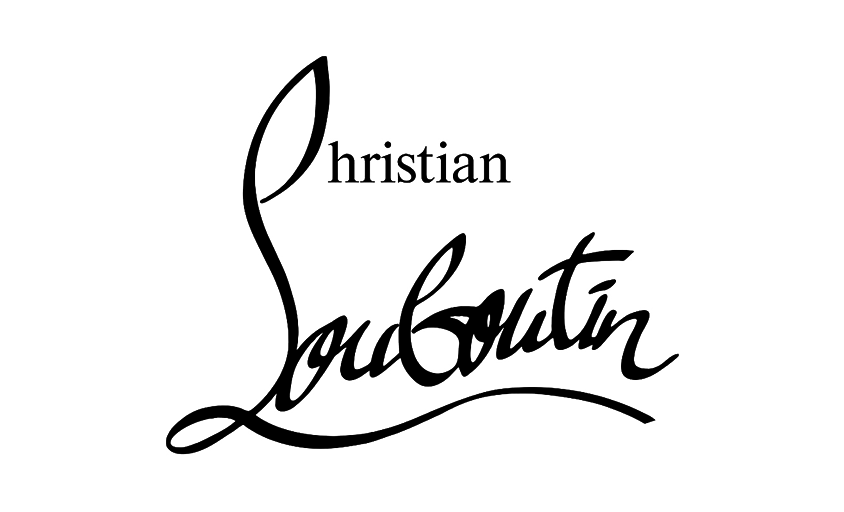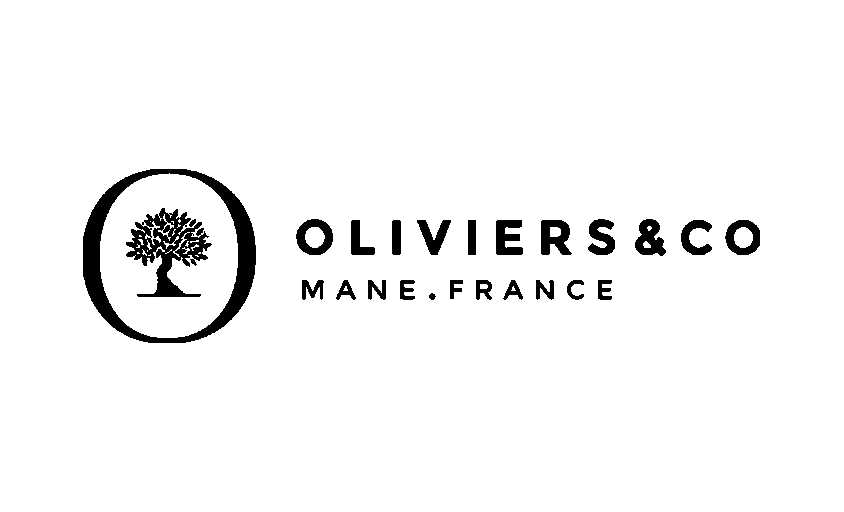Framing
In this article :
In the world of photography and videography, framing is the act of delimiting and defining the boundaries of a subject during a shot. This essential technique allows the photographer to direct the viewer’s attention to the key elements of the composition by eliminating anything superfluous or distracting. When done well, framing transforms a simple image into a captivating work capable of effectively conveying the intended story, emotion, or idea.
History of Framing
Framing in photography has evolved alongside technological advances in image capture. In the early days of photography, framing was primarily influenced by the size of the film or photographic plate. With the advent of cinema and digital photography, possibilities expanded, enabling more complex and creative compositions. Pioneers like Henri Cartier-Bresson redefined the art of framing by incorporating elements of everyday life and using framing techniques that went beyond simple compositional rules.
Fundamental Principles of Framing
Successful framing relies on several composition principles, such as the rule of thirds, visual balance, and the direction of the viewer’s gaze. By placing points of interest at the intersections or along the lines dividing the image into thirds, the photographer can create a more dynamic and engaging composition.
Rule of Thirds and Leading Lines
The rule of thirds is one of the most well-known techniques for creating harmonious framing. It involves dividing the image into nine equal parts by drawing two horizontal and two vertical lines. The most important elements of the scene should be placed on these lines or at their intersections to achieve a visually balanced result.

Leading lines (such as roads, rails, or natural lines) are also an excellent way to guide the viewer’s eye toward the main subject of the image. The careful use of these lines creates a strong dynamic within the composition.

Negative Space and Symmetry
Negative space plays a crucial role in the overall balance of the image. By leaving space around the main subject, the photographer can create a sense of lightness and direct attention exactly where desired. Additionally, symmetry in framing can enhance visual impact by creating an image that immediately draws the eye.
Framing Techniques to Strengthen Composition
Selective Framing
Selective framing involves deliberately choosing which elements to include or exclude from the image to focus attention on the main subject. This technique can be used to isolate a detail or to simplify the composition by removing distractions.
Dynamic Framing
Dynamic framing uses diagonal lines, repetitive patterns, or frames within the frame to add movement and visual interest. For example, a diagonal crossing the image can create a visual flow that draws the viewer’s eye in a particular direction.
Creative Framing
Creative framing involves experimenting with unusual viewpoints, forced perspectives, or reflections to offer a new dimension to the image. For example, a high-angle (bird’s eye) or low-angle (worm’s eye) shot can change the perception of the subject by playing with camera angles.
The Impact of Framing on Visual Storytelling
Framing is not limited to aesthetic composition; it is a powerful storytelling tool. By choosing what to show and what to hide, the photographer can shape the interpretation of the image, evoke specific emotions, and guide the visual narrative. Thoughtful framing reveals the photographer’s unique perspective and invites the viewer to explore the story behind the image.
Examples of subjective framing, such as a point-of-view shot where the camera adopts the character’s perspective, create direct immersion for the viewer. This type of framing places the audience in a position where they experience the story through the character’s eyes.
Conclusion
Framing is the soul of photography, a fundamental skill that distinguishes ordinary captures from memorable images. By mastering the art of framing, photographers and videographers do more than capture moments; they create visual experiences that speak, move, and remain etched in memory. In the vast world of imagery, framing is the key that unlocks the limitless potential of visual creativity.
Jérémy Carlo is the editorial director at Rétines, where he ensures the consistency and clarity of all content produced by the studio.
Our Clients
Let’s discuss
What we do for you at Rétines
Meticulous work, an organised project and fast delivery. And to achieve this, we mobilise the right resources in our teams at the right time.
01
Pre-production
Artistic and technical direction tailored to the project.
Relevant recommendations on content, form and resources.
02
Photo Shooting
Photos taken by our experienced photographers.
Production that’s controlled, efficient and tailored to the needs of the project, with nothing superfluous.
03
Retouching
Technique
Photographs magnified by our retouching team.
Post-production to meet the commercial challenges of the brief.












